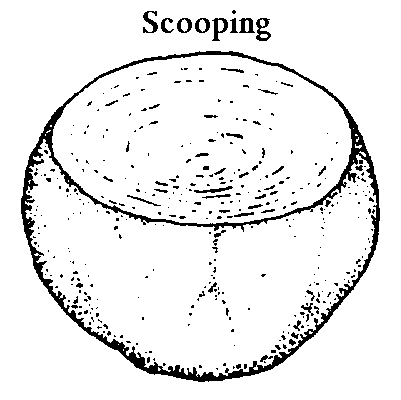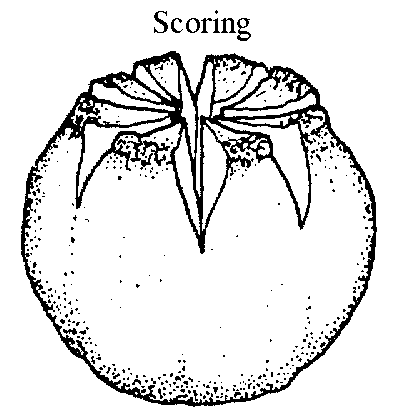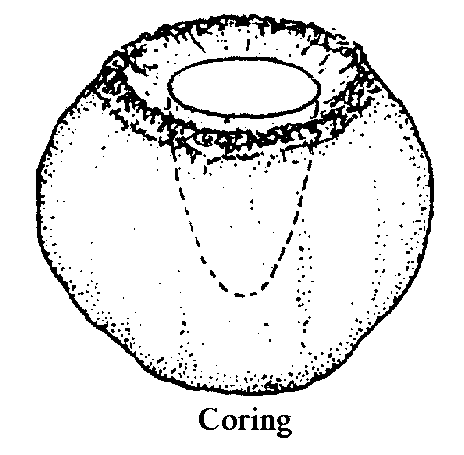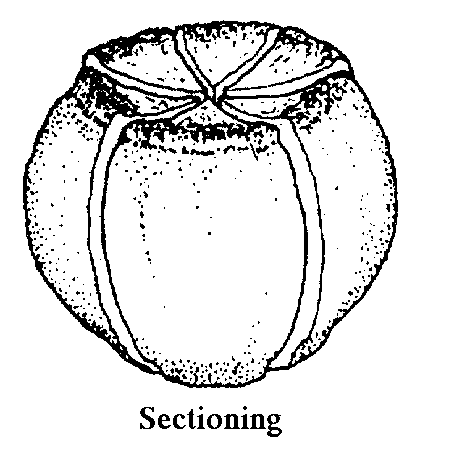Daffodils (Narcissus pseudonarcissus)
By Rachel Kraft
April 30, 2001

By Rachel Kraft
April 30, 2001

Background
Daffodils are one of the most loved garden bulbs to bloom year after year. Scientifically known as, Narcissus pseudonarcissus, daffodils contain over 13,000 types of hybrids within 25 different species.
Native to Northern Euroupe, daffodils can be grown in almost all zones, but the hardiness of the plant depends on the ancestry of each bulb. Daffodils should be planted in the fall before the frost, usually when the ground temperature reaches 60- 65 degrees Fahrenheit. The bulbs need a cold temperature vernalization period to promote root developement and to prepare for flowering in the spring. Daffodils prefer a well drained, slightly acidic soil, and sunny to partly sunny planting areas. Depending on the zone and species of the daffodil, they will blossom between March and the middle of May. Along with Tulips, daffodils are one of the first flowers seen in the spring.
Botany
Daffodils are grown from specialized vegatative structures, known as bulbs. Bulbs are underground organs consisting of a basal plate, growing points, flower primordia and fleshy scales. The bulbs of daffodils function as food storage and reproductive stuctures. Of the two types of bulbs, tunicate and nontunicate, daffodils fall into the categoriy of tunicate bulbs. These types of bulbs have outer bulb scales that are dry and membranous.
The daffodil flower consists of two regions, the perianth (petals) and the corona (cup). The corona makes the daffodil unique from many other flowers and very attractive to the eye. The cup or trumpet like corona is the most interesting part of the flower. Daffodils have light, fleshy stems and leaves that grow from the bulb and are usually 12 inches in length.
Here is a picture of a daffodil, you can easily see the corona and the perianth.

Daffodils do not only come in yellow, but in whites, oranges, lime greens,
and a combination of the above.
Propagation
Daffodils can be propagated both sexually and asexually. Following are some examples of how to propagate Daffodils by these means.
Sexual Propagation
Daffodils can be propagated sexually by seed. Sexual propagation for daffodils is relatively simple, seeds are obtained and then planted in protected areas, such as a greenhouse, and then when bulbs are formed they are planted in pots or outdoors. This type of propagation is rarely used by growers because it is such a timely process from the planting of the seed, to the flowering from a bulb.
Asexual Propagation
Daffodils can be propagated asexually by offsets, stem bulblets, and division of basal sections.
Offsets, are bulbs grown from bulblets, which are miniature bulbs produced on the scales and stems of the parent bulb. Offsets can be cut off the parent bulb and planted in a moist, slightly acidic soil, in the fall of the year. These bulbs should produce flowers within a few years.
Stem bulblets, are underground bulbils produced on the stem of the daffodil. These bulblets can be cut or peeled off and planted just like the offsets are.
The third type of asexual propagation of daffodils is the division of the basal sections of the parent bulb. There are four methods to do this, scooping, scoring, coring, and sectioning.
The scooped bulb should be dipped in a fungicide
to protect the cut surface. Scooped bulbs are then placed in a cool, dark
location for about 2 weeks. Once new roots form on the developed bulblets,
they can be planted. Scooping may produce as many as 30 bulblets per parent
bulb. However, it may take up to 5 years to have a good size bulb and flower.




The best time to perform scooping, scoring, coring, and sectioning is in the summer after all foliage has died back. Dig up the parent bulb and then perform one of the four asexual propagation techniques, place the remainig portions of the bulb in a plastic bag filled with sunshine mix, store in a cool well ventalized place. After the warm summer period and the ground has cooled (October- November) plant outside, in a well drained place.
http://www.colostate.edu/Depts/CoopExt/TRA/PLANTS/bulbprop.html
Now that you have learned about the history, botany
and types of propagation of Daffodils you can enjoy their beauty for years
to come. Hundreds of plants can come from just one bulb, a little time,
and little care.
This website is in conjunction with Dr. Lee's Plant Propagation class (Plant Science 368).
References:
1. http://www.daffodil.org/daffodil/answers.htm
2. http://www.daffodil.org/daffodil/div.htm
3. http://www.oldhousegardens.com/daffodil.html.
4. http://www.daffodil.org/daffodil/growingtips.htm
5. http://www.colostate.edu/Depts/CoopExt/TRA/PLANTS/bulbprop.html